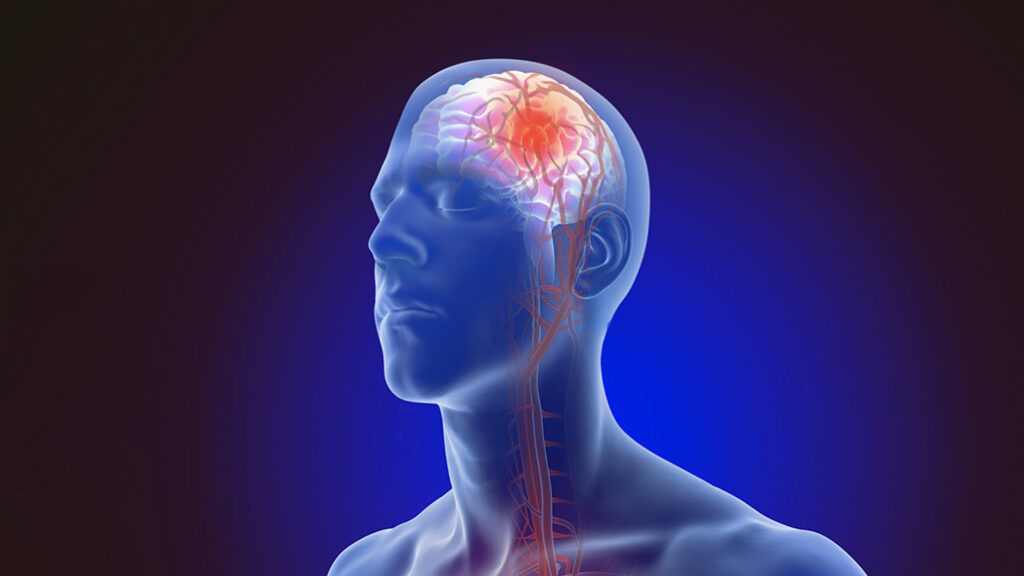PTSD After Stroke: How to Identify and Treat with Emotional Support

In recent times, the mortality rate has reduced; however, Stoke is still one of the leading causes of death across the world. In addition to that stokes survival usually face challenges with daily activity, due to mobility and motor skills issues. PTSD after Stroke is also common as a person has to go through huge emotional turmoil during the period.
VR stroke rehabilitation helps a lot in the recovery process, but these programs are mainly designed for physical recovery. VR games for stroke patients are also a good option for faster recovery. However, it’s imperative to compare mental health treatment with physical rehabilitation.
Stroke creates uproar in the life of the person which can result in depression. The life changes a person witnesses affect their mental health and quality of life.
In addition to mood swings, PTSD after Stroke raises the risk of medication avoidance. That may eventually pose a significant barrier to the long-term management of stroke and mental disorders.
Understanding PTSD after Stroke
Previously, PTSD after stroke was not a concern for most people, but studies have shown that it is possible. According to studies, 25% of people who have endured a stroke or mini-stroke (TIA) experience severe PTSD symptoms. Source
The experience of the survivor must be considered in order to comprehend the connection between stroke and post-traumatic stress disorder. To fully comprehend the impact of a stroke, it is ideal to analyze both the pre-and post-stroke situations.
Many stroke survivors describe feeling scared when their symptoms first appeared. During a question-and-answer period, a few stroke survivors recalled feeling disoriented and confused. The sudden loss of motor control prevents some people from calling for help even though they are aware of what is happening.
Many people can suffer trauma from experiencing a situation that puts their lives in danger. Even after they have fully recovered from the stroke, the survivors may still be affected by this haunting experience. This will be more devastating for the survivor if they are no longer mobile or able to speak.
Another worry for a survivor is the long-term effects of a second stroke, which also have an impact on treatment. After a person has their first stroke, their risk of having another one raises, which may make them anxious because another stroke can happen at any time.
These anxieties along with modifications to one’s environment can result in the onset of PTSD.
Symptoms of PTSD after stroke
Following exposure to an extremely traumatic stressor, such as a stroke, post-traumatic stress disorder involves the emergence of recognizable symptoms. In response to the event, a person with PTSD frequently experiences overwhelming fear, helplessness, or horror.
Following a stroke, PTSD symptoms and signs include:
- Dreams and memories of the traumatic experience
- Avoiding people, places, or things related to the incident
- Prefers isolation
- Lack of emotion and interpersonal attachment
- Increased anxiety
- Sleep and Anger issues
If a person has these symptoms for longer than a week, an acute stress disorder may be present. However, if these symptoms last longer than a month, they may develop into PTSD. Source
Treatment and care for PTSD after Stroke
For any kind of mental disorder, the doctor prefers to combine Psychotherapy with medications. However, the patients also need emotional support and care along with medical assistance. The goal of psychotherapy also referred to as “talk therapy,” is to help patients identify PTSD triggers and change the negative feelings or behaviors they are associated with. A psychologist can help people confront the traumatic event and provide advice on how to react more effectively when it is brought up.
In addition, prescription medications may be used to treat PTSD caused by a stroke. Antidepressants are frequently recommended to treat dissociative or anxious symptoms associated with PTSD. Medication use may encourage patients to participate more actively in psychotherapy, which might lead to more advancement being made during each session.
Role of VR in treating PTSD after Stroke
Reputable researchers argued in favor of the idea, saying that virtual reality provides superior relief for mental health issues. A trigger-rich, simulated environment is purposefully created for any person who suffers from anxiety or phobias so they can face their fears and take appropriate action. This simulated environment can be built with the patient’s specific condition in mind.
Any location or thing that a stroke patient saw at the time of the stroke could be a trigger. The therapist might place those images or other relevant materials in a VR environment for the patient. In addition, the therapist may keep track of the patient’s reaction and make adjustments for anxiety relaxation therapy as necessary. Additionally, VR ensures patient safety, enabling at-home use and a quicker recovery.
VR stroke rehabilitation and VR games for stroke patients are gaining popularity. Additionally, the recovery rate is also better than traditional therapies making it the first choice.
Final Thoughts
More work must be put into maintaining a water body that has stopped flowing. A stroke is a potentially fatal and drastically altering event, but the best way to deal with PTSD is to keep moving. However, it is not so simple, so the patient needs support from loved ones and assistance from technology. The main factor contributing to the development of PTSD is suppressed emotions. Spend time with the person and pay attention to their emotions if they are going through a difficult time in life. They might be very vocal and vent a lot. Together, we can treat PTSD after stroke more effectively, so seek medical attention and consider whether virtual reality is an option for you.



